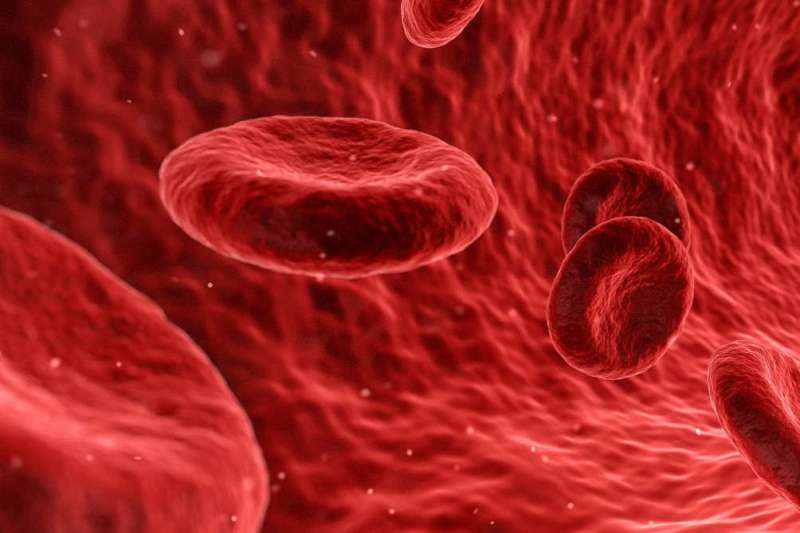Challenging our understanding of how platelets are made

Platelets are uniquely mammalian cells, and are the small cells of the blood that are critical for us to stop bleeding when we cut ourselves. They are also a central part of the process of thrombosis, which underlies heart attacks and stroke, and form the target of major drugs used in the treatment of these diseases, such as aspirin. These cells are formed from large precursor cells, megakaryocytes, in the bone marrow and the lung, at a remarkable rate of 100 billion platelets per day in adult humans (that is one million platelets per second).
Despite this hugely active process, we still do not understand the details of how platelets are formed in the body. Dysfunction in the process underlies many cases of low platelet count and associated bleeding disorders, and so understanding the process better is essential in order to improve the healthcare we can offer to those affected.
The study 'Multiple membrane extrusion sites drive megakaryocyte migration into bone marrow blood vessels' has been published in the new journal Life Science Alliance (jointly published by EMBO, Cold Spring Harbor Press and Rockefeller Press). It is a collaboration between researchers at the University of Bristol, Imperial College London, the Francis Crick Institute, the University of Glasgow, the University of Oxford and MRC Weatherall Institute of Molecular Medicine. It details how researchers have used a novel approach to visualize the process in vivo, called intravital correlative light-electron microscopy.
Professor Alastair Poole, from the University of Bristol, who contributed to the research said; "The results have allowed us to propose a new mechanism for platelet production. In contrast to current understanding we found that most megakaryocytes enter the sinusoidal space as large protrusions, rather than extruding fine proplatelet extensions (as is currently thought)".
The research highlights this difference is important because the mechanism for large protrusion differs from that of proplatelet extension. Proplatelets extend by the sliding of dense bundles of microtubules, whereas the detailed in vivo data shows an absence of these bundles, but the presence of multiple fusion points between the internal membrane and the plasma membrane, at the leading edge of the protruding cell. Mass membrane extrusion therefore drives megakaryocyte large protrusions into the blood vessels of the bone marrow, significantly revising our understanding of the fundamental biology of platelet formation in vivo.
The findings are likely also to change our view of the mechanisms of diseases that affect platelet production and the deficiency of platelets in the blood (thrombocytopaenia).
More information: Edward Brown et al. Multiple membrane extrusion sites drive megakaryocyte migration into bone marrow blood vessels, Life Science Alliance (2018). DOI: 10.26508/lsa.201800061





















